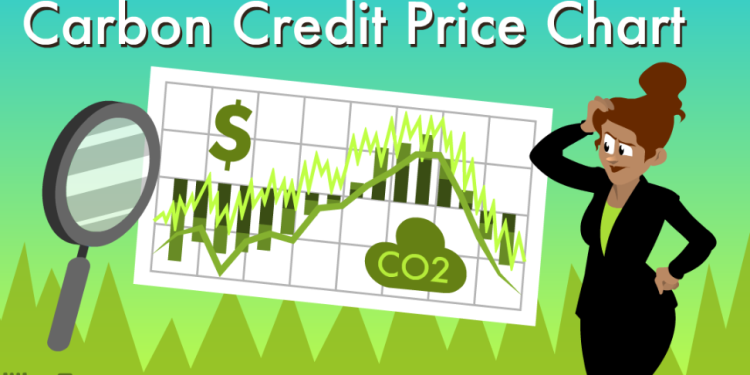Buying carbon credits is a great way to help our planet, but the price of these credits fluctuates depending on supply and demand. Learn the basics of carbon credit pricing and how you can get the best deals.
Quality
Putting a price on carbon credits is a complex process. The market has a wide range of products and variables to consider. The price of a carbon offset depends on the volume of credits traded, the nature of the underlying project, the delivery time and the location of the project.
There is a need to reduce the price of carbon credits to a level that can cover the societal costs of carbon emissions. This will require a 15-fold increase in voluntary action through carbon markets by 2030. The world will need to limit net carbon emissions to zero by 2050 to meet the Paris Agreement’s 1.5degC target. However, the price of carbon credits will diverge from the price needed to reach those goals.
Various organizations, including the World Wildlife Fund (WWF) and Oeko-Institut, have created a comprehensive methodology to score carbon credits. These scores help buyers determine the quality of a carbon project.
The quality of a carbon project depends on a number of factors, including the size of the project, the location of the project, the type of project and the project’s performance. It is also important to assess the quality of the carbon credits that are issued. Some buyers select credits issued by the VCS Program of Verra, a global leader in GHG crediting. The program is independently verified and transparent.
Running costs
During the past three years, the social cost of carbon has changed dramatically. It has ranged from $43 a ton to $51 a ton and was increased by 2.5 percent. It was also updated to take account of potential tipping points.
The US social cost of carbon is calculated using four values. The first value is the high impact figure. It is then divided by the average discount rates. The final outcome is based on long-term predictions of the economy and climate change.
The social cost of carbon was developed by the George W. Bush administration and has been used by both Democratic and Republican presidents. The social cost of carbon is used by federal agencies to evaluate policy options. The social cost of carbon helps federal agencies make sound decisions.
The social cost of carbon is also calculated using the average discount rate. The discount rate affects the final outcome. Most economists prefer rates between one and three percent. However, the Heritage Foundation has called for a 7% discount rate. The Heritage Foundation would lower the social cost of carbon by 80%.
The Trump administration also calculated its social cost of carbon. It used the same models as the Obama administration. Its central estimate is $51 a ton. It uses a three percent discount rate.






